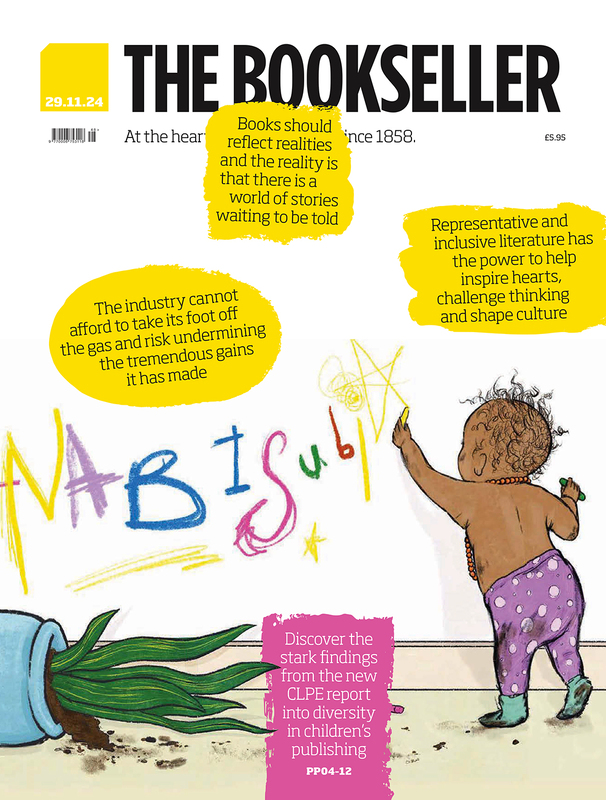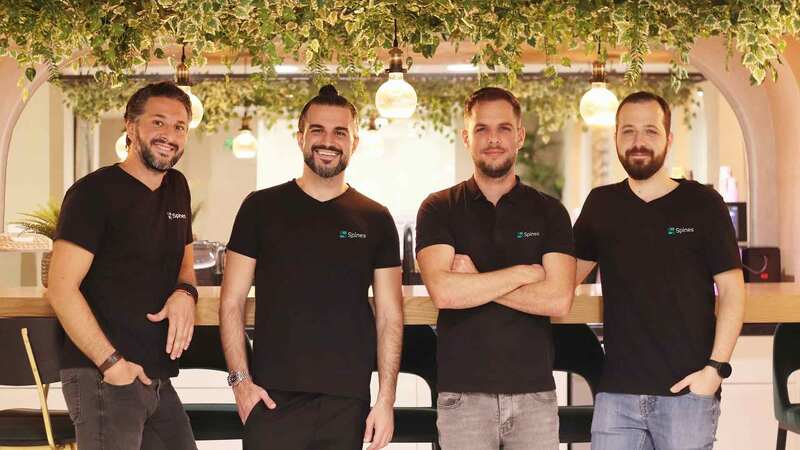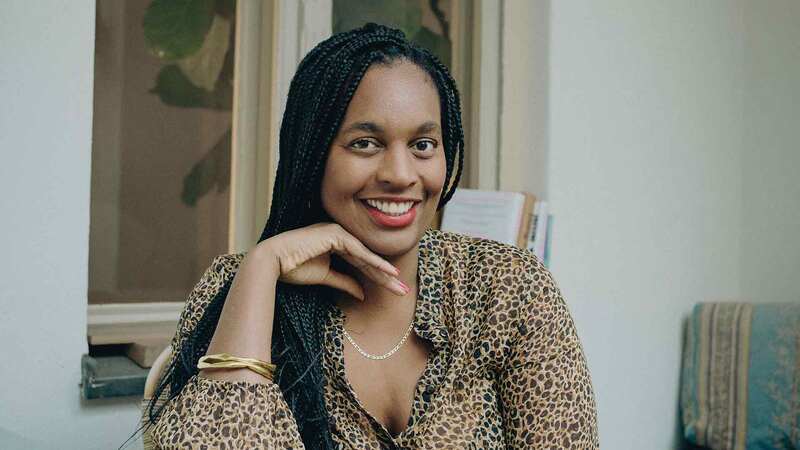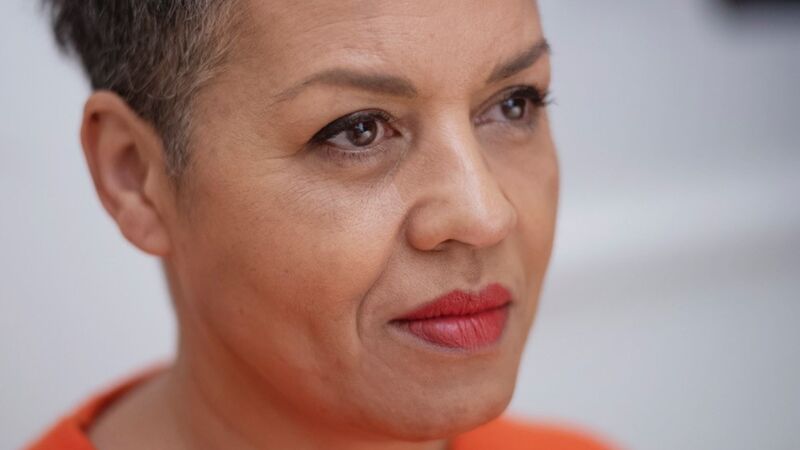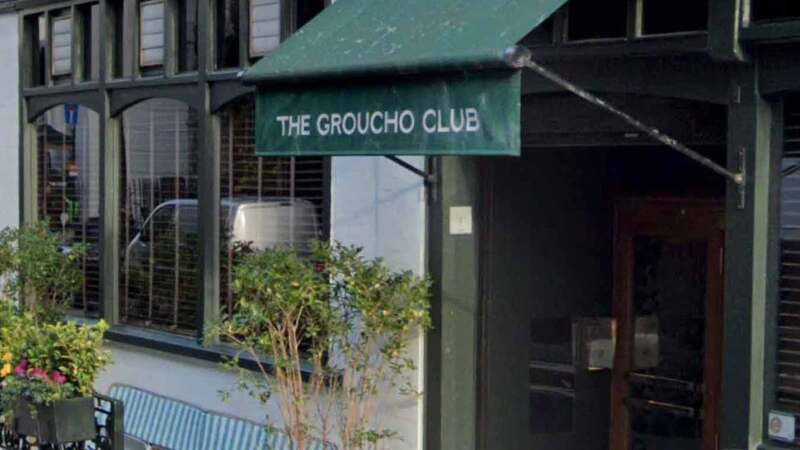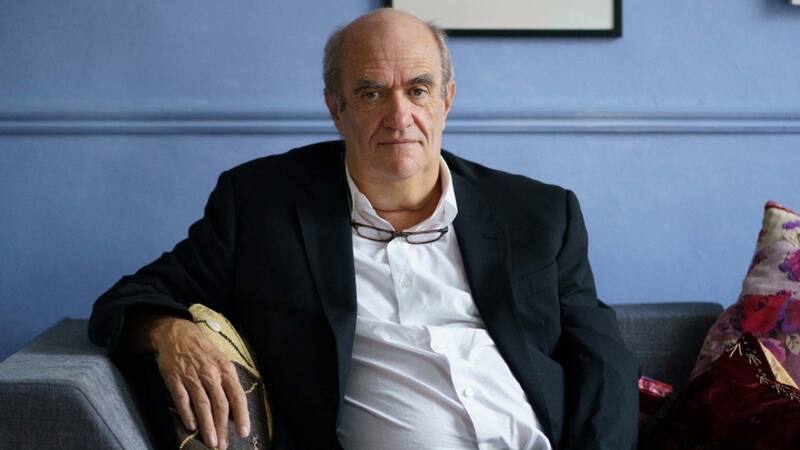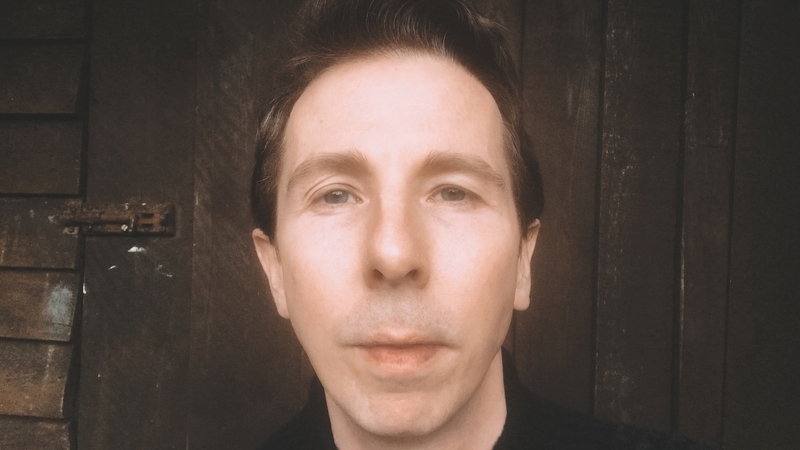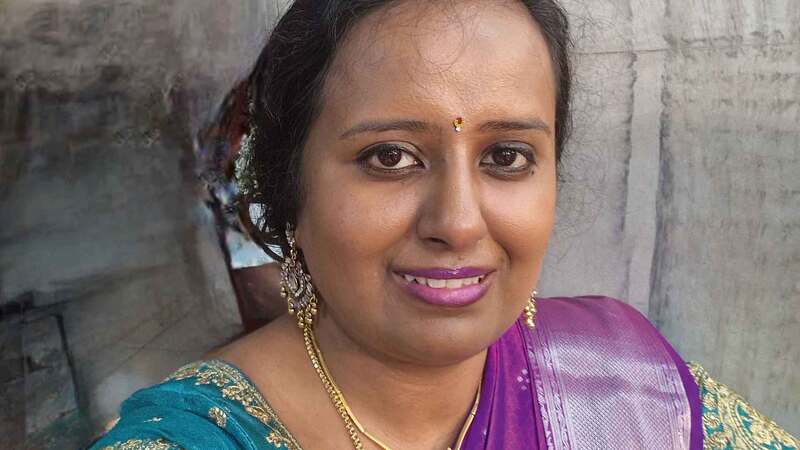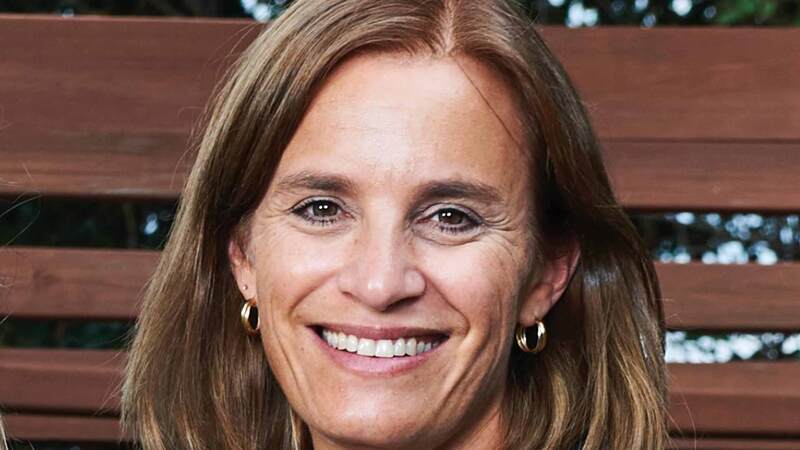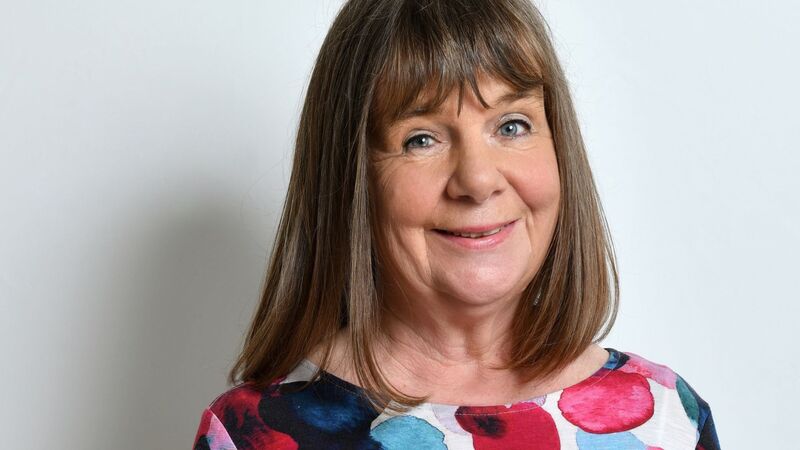You are viewing your 1 free article this month. Login to read more articles.
On author 'brands'
When David Fickling Books offered me a two-book deal back in April 2014, I was delighted yet somewhat disbelieving. They were letting me write another book? About anything I liked? I felt like a kid in a sweetshop, overwhelmed with choice but at the same time crippled with worry I'd pick the wrong thing and regret it later. I couldn't help but recall a conversation with an author friend of mine in which she revealed her surprise when her publisher gently rejected her outline for a novel on the grounds it wasn't "on brand". Did that mean I had a brand too? If so, then what was it?
My debut novel, The Art of Being Normal, was inspired by my job working with transgender teenagers, and its publication serendipitously coincided with a transgender zeitgeist in the arts and media. I wrote it in a vacuum of naivety, totally unaware of what was trendy and who I was even writing for. I certainly had no concept of brand.
Brands, of course can be reassuring. There's comfort in opening a tin of Heinz Baked Beans and knowing exactly what you're going to find inside. But books are a different beast. By their very nature every story, good or bad, is unique. So how do you maintain your brand while also delivering a story that feels fresh and enticing? Should this even be a concern for authors?
I asked my Twitter followers to name authors who write across more than one genre. I was overwhelmed with suggestions, from US big-hitters like Meg Cabot and Rainbow Rowell, who cater for both adult and YA audiences, to UK authors like Catherine Johnson and Sally Nicholls who write everything from contemporary to historical fiction, and Tom Easton and Tamsyn Murray, whose books are aimed at a number of age ranges, along with countless other names. Of those authors who do tend to stick to a single genre, the majority I asked said they do so simply because it's what they enjoy writing most. Similarly, those who "genre-hop" or write across multiple age ranges reported doing so out of creative choice. This is not to say that external pressures don't exist, but it was definitely an encouraging reminder that writing should ultimately be a personal and enjoyable endeavour.
Author Juno Dawson, well known for her popular teen horror titles, genre-hopped in September 2015 with contemporary novel All of the Above. Juno happily states: "I take my author voice across all of my writing and that's all that matters." There may be no witches or ghosts in All of the Above, but Juno's diverse characters and trademark witty dialogue are very much intact, ensuring her horror fans are not left disappointed. Indeed, readers of young adult fiction tend to read widely and across a number of genres, and are notoriously faithful to their favourite authors. I should know, I'm one of these readers, and although I'm a bit of a slave to contemporary stories, if I love an author's voice, I'll happily pick up anything with their name on it. Which got me thinking, perhaps having a recognisable brand isn't about genre or age category at all. The reason all the authors name-checked in this article are successful is not down to luck, it's because they're great storytellers with distinctive voices and strengths that evolve with each title, from Rainbow Rowell's knack for writing romance, to Tom Easton's laugh-out-loud one-liners. Perhaps I don’t have a brand yet. Perhaps I never will. It was this realisation that finally allowed to me to chill out in the sweetshop, take my time and embrace the opportunity to tell my next story, whatever it may be.
Lisa Williamson is the author of The Art of Being Normal (David Fickling Books).

